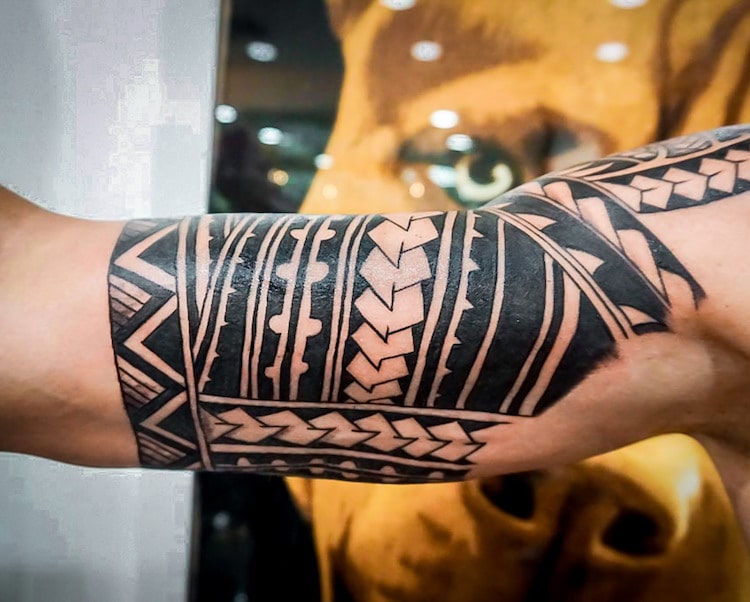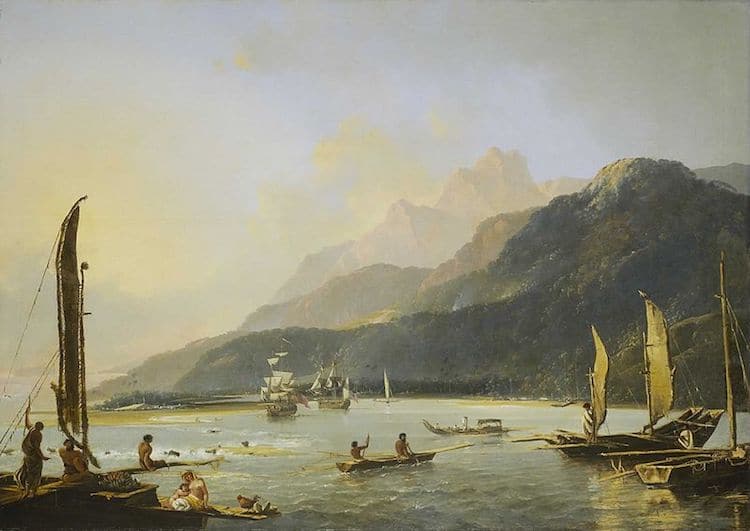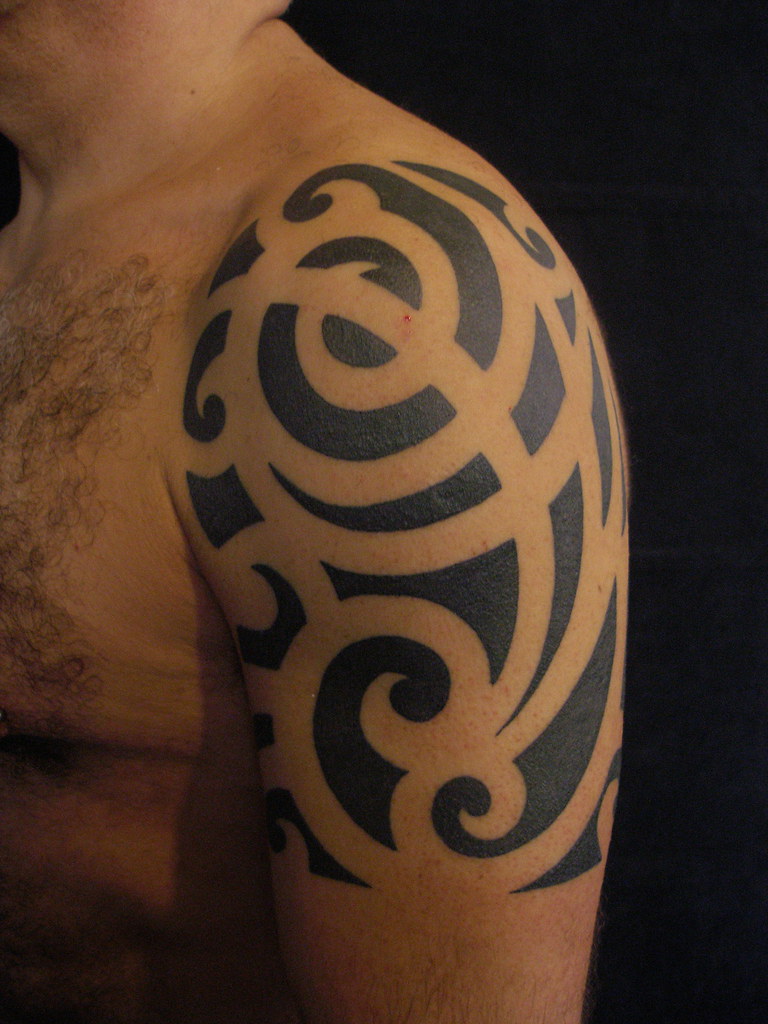
Photo: Pitbull Tattoo Thailand
Due to their prevalence, popularity, and seemingly arbitrary aesthetic, tribal tattoos are often viewed as a fleeting body art trend. However, unbeknownst to many, these distinctive blackwork tattoos actually boast a rich background.
Characterized by bold, black shading and distinctive motifs that range from swirling waves to angular abstractions, these tattoos are rooted in Polynesian history and, traditionally, are deeply symbolic.
Here, we explore this fascinating phenomenon in order to trace the origin and evolution of the blackwork tattoo practice.
What is a blackwork tattoo?
A blackwork tattoo is a bold work of body art rendered in solid planes of black ink. Usually, these tattoos are composed of abstract patterns and geometric shapes, though some feature figurative forms and recognizable scenes and subjects.
History
Like most tattoo traditions, blackwork body art dates back centuries and has since evolved into a contemporary art form.
Polynesian Origin
The existence of blackwork tattoos dates back to the very beginning of the thousands-year-old tattoo tradition. Originally, all-black body art was employed by ancient Polynesian tribes as a way to communicate their identities (including social standing and lineage) as well as their religious beliefs and ideas of warfare.
Much like modern-day “tribal tattoos,” these symbolic and sacred pieces were made up of symbols and minimalist images, as well as bands and geometric (namely, triangle) motifs.
Western Adaptations
Since the 18th century, these Polynesian-inspired tattoos have proven popular in Western culture. In 1769, British explorer James Cook traveled to Tahiti, where he grew fascinated by the tribes’ tattoos and subsequently introduced Europe’s working class to the phenomenon. According to the Smithsonian, “The marks then became fashionable among Europeans, particularly so in the case of men such as sailors and coal-miners.”

‘Resolution and Adventure with fishing craft in Matavai Bay’ (1776) shows the two ships of Commander James Cook’s second voyage of exploration in the Pacific at anchor in Tahiti. (Image: National Maritime Museum via Wikimedia Commons)
This style prevailed throughout the 19th and 20th centuries, as it continued to be favored by laborers and lower-class individuals.


